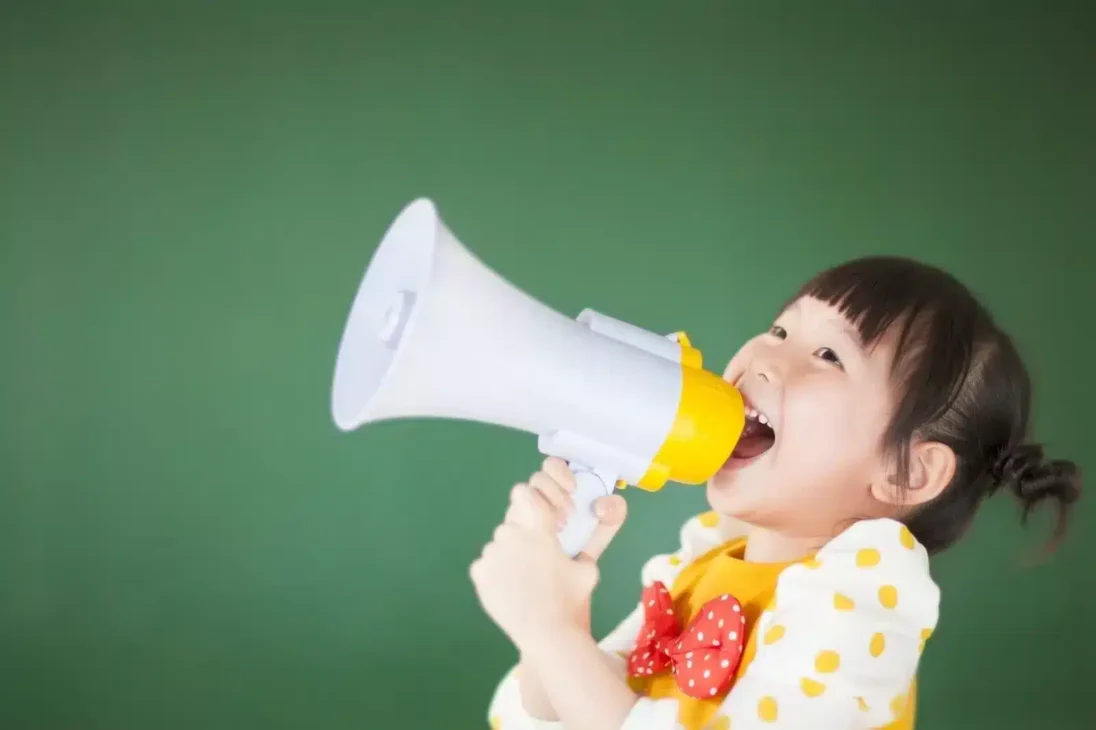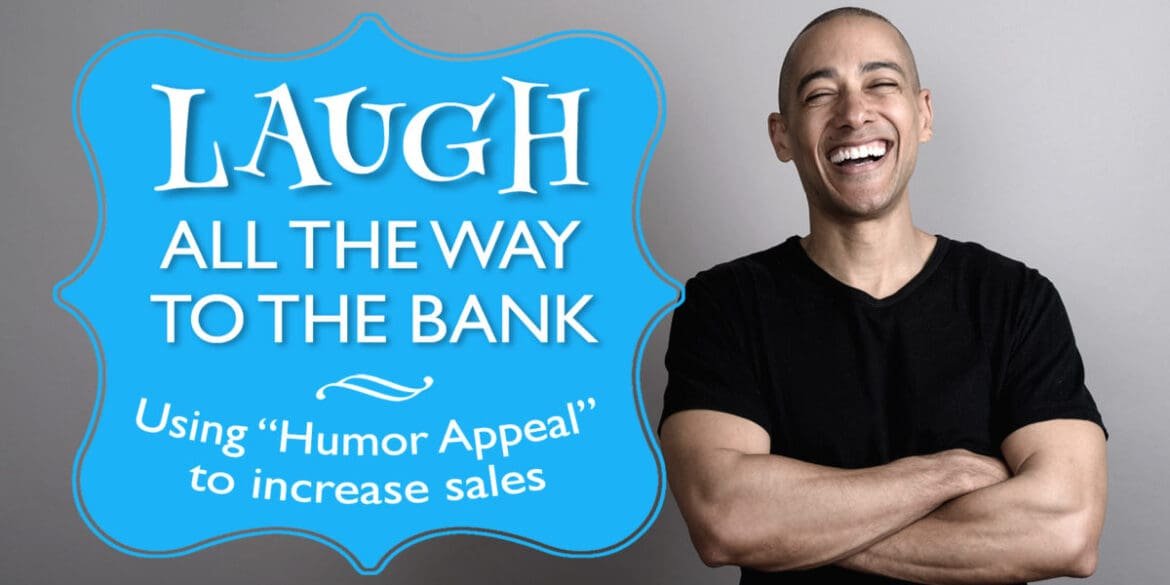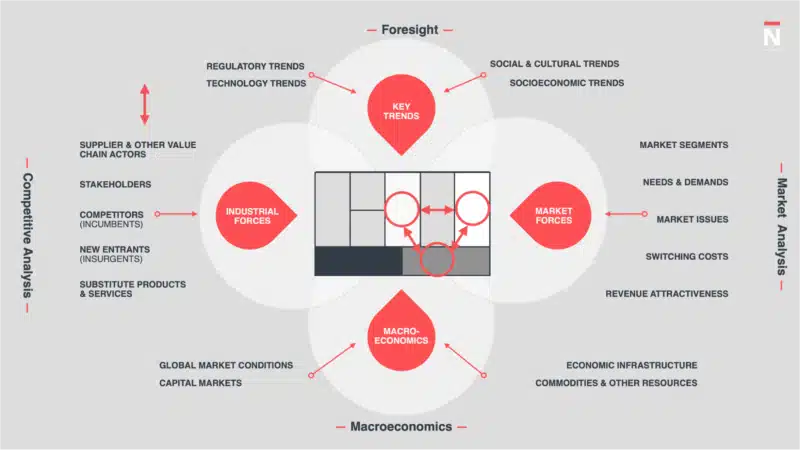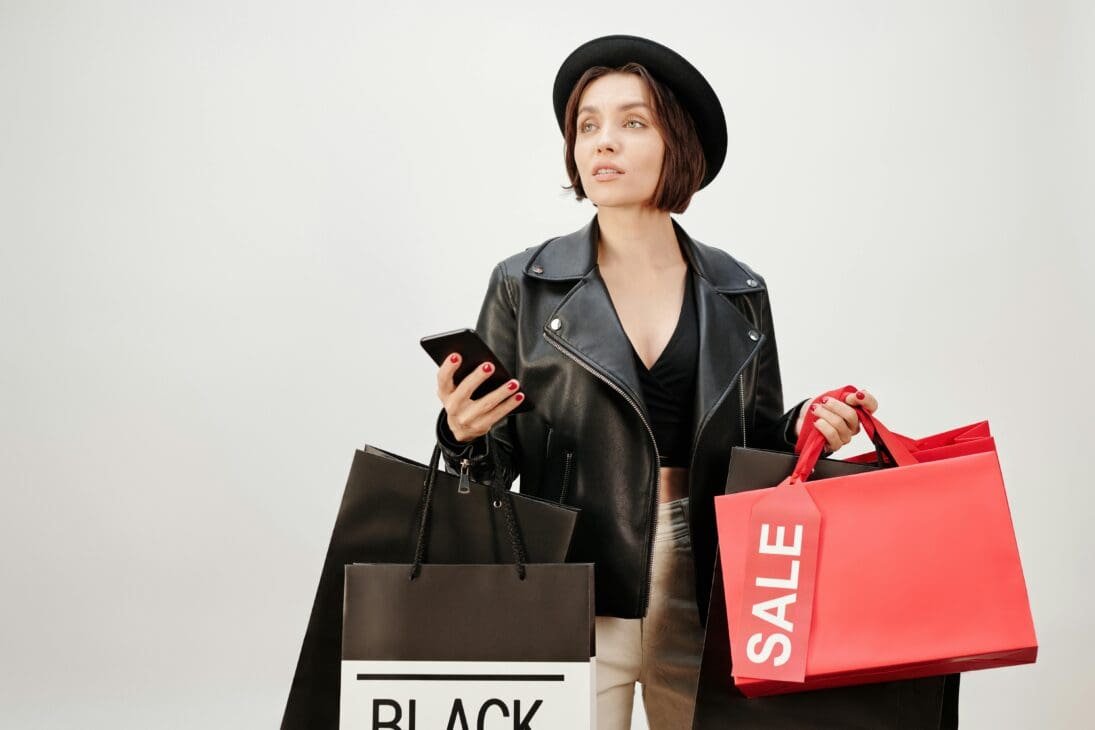Using Humor in Marketing: How Brands Are Winning Clicks

Ever wondered why using humor in marketing makes some brands go viral while others fall flat?
In a world saturated with content, humor isn’t just entertainment; it’s a strategic branding tool. From playful tweets to viral videos, brands across various industries are leaning into humor to connect with their audiences and create memorable experiences. But what’s the science behind it? Is it just about being funny, or is there a deeper strategy at play?
In this blog, we’ll explore how humor shapes modern marketing, share key statistics, real brand examples, and explain how your business, B2B or B2C, can use humor without losing credibility.

Humor in Marketing Statistics That Show It’s More Than Just a Laugh
Before we dive into strategy, let’s take a look at what the data says about using humor in marketing, and the numbers speak volumes.
According to Marketing Dive, reporting on Oracle’s 2022 Happiness Report, conducted in partnership with author Gretchen Rubin:
Key Findings:
- 91% of consumers prefer funny brands — but only 20% of brands say they actively use humor in their messaging.
- 72% of people would choose a humorous brand over a competitor offering the same product or service.
- Despite this, 95% of business leaders admit they’re afraid to use humor in customer interactions.
Additional research shows that:
- Funny ads are 37% more memorable than non-humorous ones.
- Humor on social media drives up to 400% more shares compared to neutral content.
The takeaway: Consumers crave connection, not just information. Using humor in marketing isn’t just attention-grabbing; it’s a strategic move that can elevate branding, boost engagement, and make your message stick.

What Is Humor Appeal in Marketing?
Let’s break it down. Humor appeal in marketing is the strategic use of comedy to attract attention, build trust, and make your message stick. This can be achieved through puns, irony, satire, memes, or absurdity, and the approach varies depending on your audience.
But here’s the key: the humor must align with your brand voice. A quirky campaign might work wonders for a youth-targeted app, but it feels out of place for a law firm. Humor appeal is most powerful when it reinforces, not distracts from, your message and positioning.
Example: Take Skittles’ long-running “Taste the Rainbow” campaign. Since debuting in 1994, it’s turned simple candy ads into surreal, offbeat storytelling from a man whose touch turns everything into Skittles to a boy with a Skittles tree growing from his stomach. The absurd humor isn’t random; it’s deliberate. By embracing the unexpected, Skittles made its brand instantly recognizable, emotionally memorable, and proved that comedy and creativity can turn even a small product into a cultural icon.
So, what makes humor work? It often:
- Humanizes a brand
- Lowers emotional defenses
- Makes messages more memorable
- Encourages shares and organic reach

Humor in B2B Marketing: Not Just for the Cool Kids
It’s a common myth that B2B brands can’t be funny. But take a look at how Slack uses quirky copy, or how Mailchimp’s campaigns have a lighthearted edge; they prove otherwise. Humor in B2B marketing helps companies:
- Cut through technical clutter
- Stand out in a serious niche
- Show empathy and relatability
Take Zendesk’s “Zendesk Alternative” campaign. It poked fun at the idea that customers might search for competitors by literally creating a fake indie band named “Zendesk Alternative.” It was smart, unexpected, and a memorable classic humor marketing done right.
In short, humor in B2B is rising because buyers, even in professional roles, are still human. And humans remember what makes them feel something, especially laughter.
Example: Slack’s “So Yeah, We Tried Slack …” campaign remains one of the most memorable examples of humor in B2B marketing. Originally launched in 2014, the mockumentary-style video reminiscent of The Office follows a real video production agency as it transitions from chaotic, disconnected tools to Slack.
Through witty dialogue and relatable office banter, the campaign cleverly highlights the frustration of messy communication systems while showcasing the relief and clarity Slack provides. The humor feels authentic, not forced, making it both entertaining and educational—a rare balance that turned a simple product demo into a timeless piece of storytelling.
So, if humor is so powerful, how do you actually put it to work for your brand?

Crafting a Humor Marketing Strategy That Works
So, how do you actually build a humor-forward approach without coming off cringey or tone-deaf?
Here are five rules to guide your humor marketing strategy:
1. Know Your Audience
What makes a Gen Z TikTok user laugh may completely miss the mark with an executive reading LinkedIn. Tailor the type of humor to your demographic; memes, puns, dry wit, or even awkward absurdity all have their place.
2. Stay True to Your Brand
Humor should enhance your branding, not contradict it. If your voice is usually polished and formal, you don’t need to be slapstick; a touch of subtle irony or clever wordplay might be enough.
3. Use Humor to Clarify, Not Confuse
The best humor simplifies your message or highlights a pain point in a way people relate to. Don’t let the joke overshadow the offer.
4. Test Before You Scale
A/B test humorous headlines or ad creatives. What works for your internal team might not land with your audience. Keep data in the loop.
5. Avoid Offense at All Costs
Humor is personal. What’s funny to one person might be polarizing to another. Avoid humor that relies on stereotypes, politics, or overly edgy content unless you intentionally want to be controversial (and are ready for the backlash).

Real-World Humor Marketing Examples
Let’s look at brands that nailed humor and built stronger branding because of it:
Old Spice – “The Man Your Man Could Smell Like”
This over-the-top, tongue-in-cheek ad took a stale category (men’s deodorant) and made it culturally iconic. It combined absurd visuals with fast-paced humor and flipped traditional masculinity tropes.
Dollar Shave Club – “Our Blades Are F*ing Great”**
A no-budget viral video packed with dry humor, this launch video helped a startup break into a multi-billion-dollar market and made the founder a legend.
Wendy’s Twitter Roasts
Wendy’s savage replies and pop culture roasts made them a case study in using humor in social media marketing. It turned their account into a personality and earned massive engagement.
Duolingo’s Unhinged TikTok
Duolingo leaned into Gen Z absurdity with chaotic, meme-based content. The green owl became a full-fledged character, creepy, needy, and hilarious.
Each example shows that humor strengthens branding by creating personality, memorability, and a shareable experience.

Humor in Social Media Marketing
Social media is the perfect stage for humor. Why? Because attention spans are short and the competition is fierce. You have seconds to hook someone, and laughter is one of the fastest emotional triggers.
From snappy meme replies to chaotic TikTok skits, brands are leaning into humor to stay relevant and relatable. Platforms like TikTok, Instagram, and X (formerly Twitter) thrive on personality-driven content, where brand voice can shift dramatically, sometimes even as part of larger identity overhauls, around branding and tone, as seen in Twitter’s rebrand to X, which sparked its meme wave. which sparked plenty of commentary (and memes) around branding and tone.
The key is timeliness and tone. The right joke at the right time can go viral. But forced or off-trend humor can fall flat or worse, feel cringe and out of touch.
Tip Box: Quick Takeaways for Using Humor on Social Media
- Ride the wave, but be timely – use trending audio, memes, or formats while they’re hot. Miss the timing, and it feels stale.
- Match platform tone – what works on TikTok (fast, chaotic, raw) might not work on LinkedIn (more polished, professional).
- Don’t force humor – if it doesn’t feel natural for your brand voice or audience, it may backfire.
- Encourage participation – memes, challenges, UGC (user-generated content) let people become part of the joke.
- Watch for sensitivity/feedback – humor can swing both ways. Be ready to adapt, apologize, or pull back if needed.

Branding Through Humor Isn’t Just a Trend
Humor isn’t just a creative add-on anymore; it’s fast becoming a cornerstone of smart branding. In a world overflowing with content, brands that make people laugh also make people listen. Humor humanizes your message, builds trust, and sticks in memory far longer than a sales pitch ever could.
So next time you’re crafting a campaign, writing ad copy, or planning your next post, ask yourself:
“Can this make someone smile and deliver value?”
Because in today’s fast-scrolling, ad-blind world, humor isn’t just a tactic, it’s one of the strongest connections your brand can make.
FAQs About Humor in Social Media Marketing
1. Can every brand use humor in marketing?
Not necessarily. Humor works best when it aligns with your brand’s personality and audience expectations. For example, playful or youth-oriented brands can pull it off easily, while luxury or serious industries may need a subtler, wit-based approach.
2. How do I know if a joke will land with my audience?
Test small before going big. Use A/B testing on captions or visuals, read audience comments, and track engagement patterns. Humor that’s relatable or self-aware usually performs better than edgy or forced jokes.
3. What’s the difference between funny and cringe in brand marketing?
“Funny” feels effortless and authentic; “cringe” feels like you’re trying too hard to copy a trend. If you’re not part of the culture you’re referencing, it’s better to nod to it lightly than to imitate it.
4. Should brands respond with memes or jokes in comment sections?
Yes, if it fits your voice. Quick, witty replies can humanize a brand and boost reach. Just make sure tone and timing are appropriate (and have a social manager who can read the room fast).
5. How can humor help my brand long-term?
Humor builds emotional connection and recall. People remember how you made them feel, and if they laughed, they’re more likely to follow, share, or buy again later.


